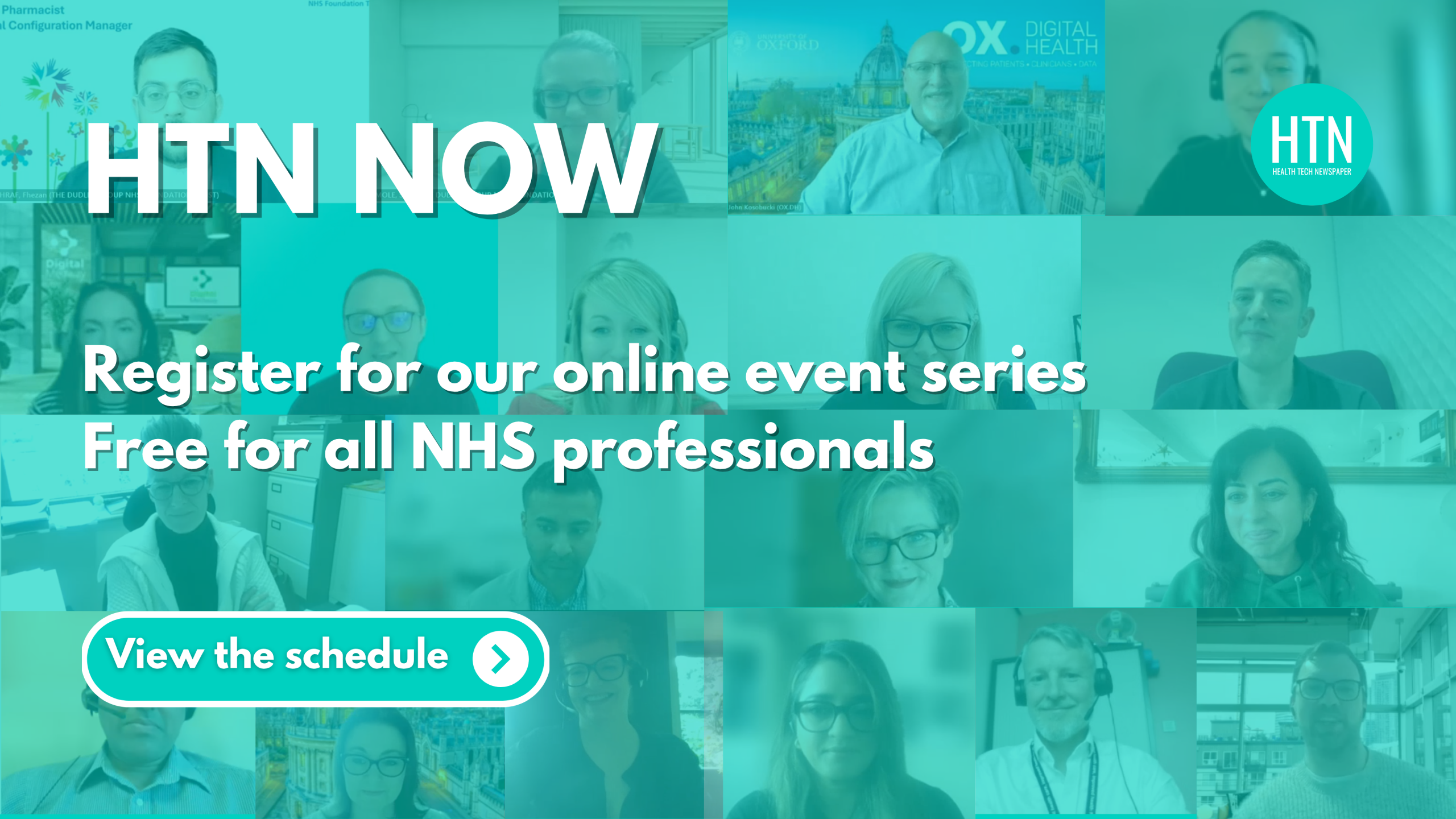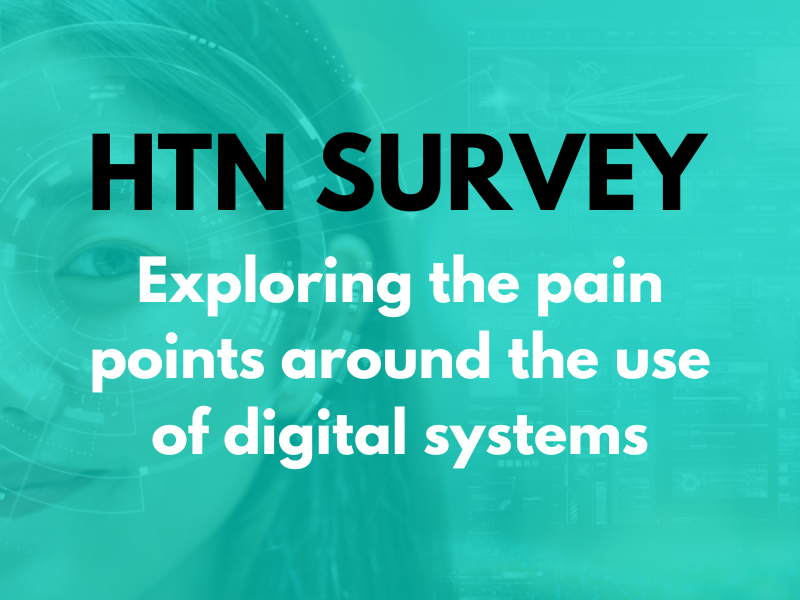Digital Health and Care Wales are conducting a market discovery exercise to explore the ambient voice technology solutions currently available and capable of meeting the needs of general practice and primary care throughout the region.
The general medical services team within DHCW have outlined one key objective, aiming to gather market intelligence that will better inform their approach and “empower GP practices to use ambient scribe tools to drive general practice efficiencies and enhance patient care”.
As they have listed this as an “informal information gathering exercise”, there is currently no procurement process in place and no estimated value. However, DHCW has stated the intention is for the contract to start from 2026, with interested suppliers asked to complete and submit an online RFI questionnaire by 12pm on 12 September 2025.
Earlier this month, DHCW also opened an opportunity looking to gather more information from potential suppliers on a digital triage primary care solution. The notice outlines a 2-year duration for the contract, with an estimated value of up to £500k.
HTN Now panel deep dive into ambient scribe technology in primary care
We were recently joined by a panel of experts from across health and care to discuss some of the practicalities and key considerations when it comes to using ambient scribe technology in primary care and general practice. Our panellists included, Dr Shanker Vijayadeva, GP, NHS England (London region); Rhod Joyce, deputy director of digital transformation, NHS England; Dr Dom Pimenta M.D., co-founder & chief executive officer, Tortus AI; Dr Hannah Allen, chief medical officer, Heidi Health; and Dr Andrew Whiteley, managing director, Lexacom.
“This is a product that GPs have often already heard about and used. They’ve played with it and started to recognise how it can change their practice, which is a good marker for a real product that is actually changing practice. However, I think we’ve got to understand that the average practice does not understand all the steps that get thrown their way, particularly when it comes to NHSE guidance,” Shanker shared.
Offering an alternative view of some of the challenges involved, Dom added, “I remember using it for the first time and I suddenly realised that I struggled with looking the patient in the eye because usually I’d be typing. When we set up the first clinic without a keyboard, we didn’t know where to put the chairs, so it’s not always the tech, it’s also the physicality of being in a room with someone.”
Rhod emphasised the importance of evidencing the safe and practical usage of AI across various sectors, through dedicated use cases: “How we look to embed AI capability is absolutely critical, because then we can evidence things and evaluate things based on those use cases. We shouldn’t be mixing a primary care use case with a secondary care or an A&E use case, because we want to be able to build that evidence nationally to say this is good, this is safe, this is impactful and to be clear on where exactly it has been impactful, because it may be different for primary care vs A&E.”
For Hannah, “safety, compliance and governance should be part of the DNA of any practice, not just a tick box exercise”. She said that because AI technology evolves so quickly, “it needs to become a core element of deployment, so that we can really understand how it’s evolving and what that means on the front line. It’s really important that we spell that out for people because otherwise it just feels completely overwhelming.”
Discover more expert insights from this panel by reading our write-up.





